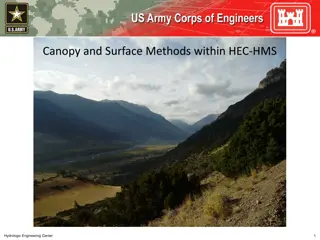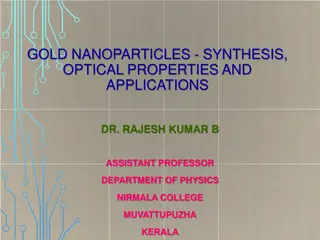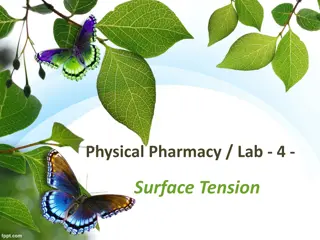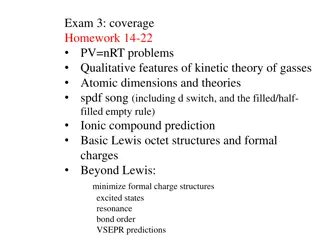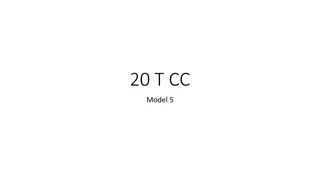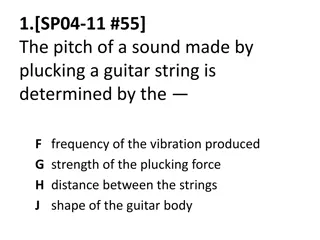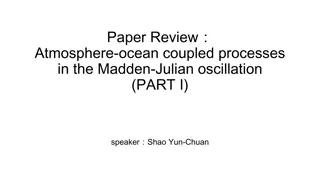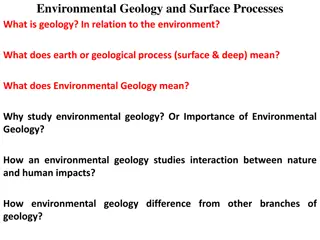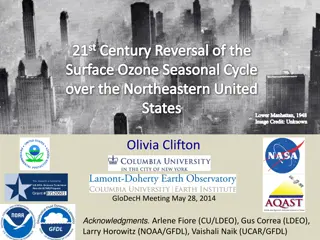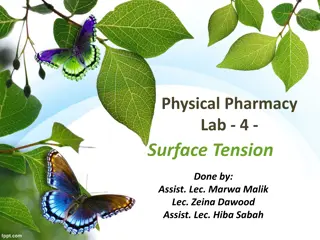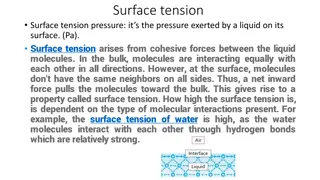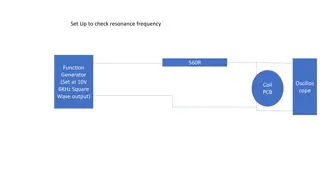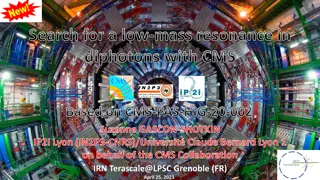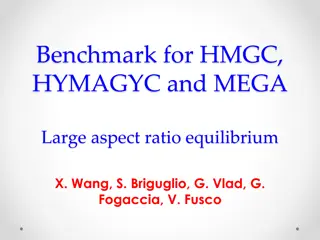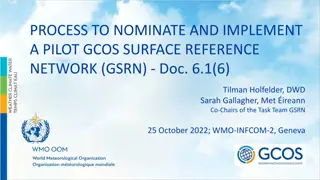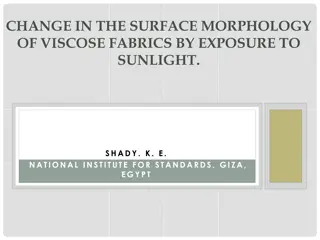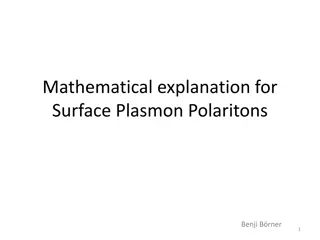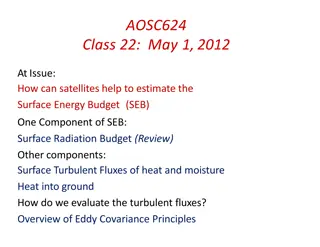
Introduction to Surface Plasmon Resonance Phenomenon
Explore the fascinating world of surface plasmon resonance, a phenomenon involving collective oscillations of free electron gas density at optical frequencies. Learn about plasmons, their interaction with light, and the application of this concept in various materials like metals. Discover how surface plasmon resonance spectroscopy is used to analyze thickness changes, density fluctuations, and more.
Download Presentation

Please find below an Image/Link to download the presentation.
The content on the website is provided AS IS for your information and personal use only. It may not be sold, licensed, or shared on other websites without obtaining consent from the author. If you encounter any issues during the download, it is possible that the publisher has removed the file from their server.
You are allowed to download the files provided on this website for personal or commercial use, subject to the condition that they are used lawfully. All files are the property of their respective owners.
The content on the website is provided AS IS for your information and personal use only. It may not be sold, licensed, or shared on other websites without obtaining consent from the author.
E N D
Presentation Transcript
Surface Plasmon Resonance General Introduction Seminartopics.info Plasmons: -collectiveoscillationsofthe freeelectrongas density, often at optical frequencies.
Surface Plasmon Resonance General Introduction Steffen Jockusch 07/15/07 Plasmons: -collectiveoscillationsofthe freeelectrongas density, often at optical frequencies. Surface Plasmons: - plasmons confined to surface (interface) and interact with light resulting in polaritons. - propagating electron density waves occurring at the interface between metal and dielectric.
Surface Plasmon Resonance General Introduction Steffen Jockusch 07/15/07 Plasmons: -collectiveoscillationsofthe freeelectrongas density, often at optical frequencies. Surface Plasmons: - plasmons confined to surface (interface) and interact with light resulting in polaritons. - propagating electron density waves occurring at the interface between metal and dielectric. Surface Plasmon Resonance: - light ( ) in resonance with surface plasmon oscillation
2 - Material with free electrons: plasma frequency Metals Pb, In, Hg, Sn, Cd UV Cu, Ag, Au VIS
2 - Material with free electrons: plasma frequency Metals Pb, In, Hg, Sn, Cd UV Cu, Ag, Au VIS - Surface (interface): flat surfaces nanoparticles Au 50 nm
2 - Material with free electrons: plasma frequency Metals Pb, In, Hg, Sn, Cd UV Cu, Ag, Au VIS - Surface (interface): flat surfaces nanoparticles Au 50 nm - Light: How to couple the photons to the surface?
3 Total reflection on a prism 1 reflectance prism 0 c angle prism
4 Evanescent Wave 1 reflectance prism 0 c angle evanescent field evanescent wave: - nearfield standing wave, - extends about 1 /2 , - decays exponentially with the distance
5 Surface Plasmon Resonance detector 1 reflectance 50 nmAu 0 c o angle (Kretschmann)
6 Surface Plasmon Resonance Spectroscopy detector 1 reflectance Au 0 c angle o 1 analyte To measure: - thickness changes, - density fluctuation, - molecular adsorption
7 Surface Plasmon Resonance Spectroscopy in Sensors Knoll, et.al. Biosensors & Bioelectronics, 1995, 10, 903
8 Coupling of Light to Surface Plasmon Prism coupler Waveguide coupler Grating coupler (Kretschmann) Homola, Chem. Rev.2008, 108, 462
9 Nanoparticle Surface Plasmon d << Nanoparticle d
9 Nanoparticle Surface Plasmon d << Nanoparticle d Light resonance with the surface plasmon oscillation causes the free electrons in the metal to oscillate. Eustis and El-Sayed, Chem. Soc. Rev., 2006, 35, 209
10 Surface Plasmon-assisted Spectroscopy Technique Largest enhancement factor 1014 Surface enhanced raman SERS Nie and Emery, Science, 1997, 275, 1102. 104 Surface enhanced IR SEIRA Tsang, et.al., Phys. Rev. Lett., 1980, 45, 201. 104 Sum frequency generation SESFG Baldelli, et.al., J. Chem.Phys., 2000, 113, 5432. 104 Second harmonic generation SESHG Chen, et.al., Phys. Rev. Lett., 1981, 46, 145. Surface enhanced fluorescence ~100 SEF

